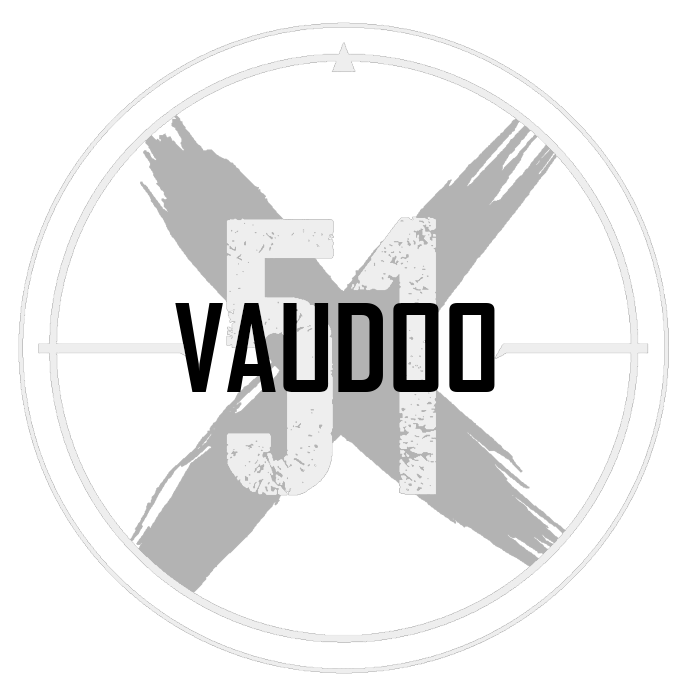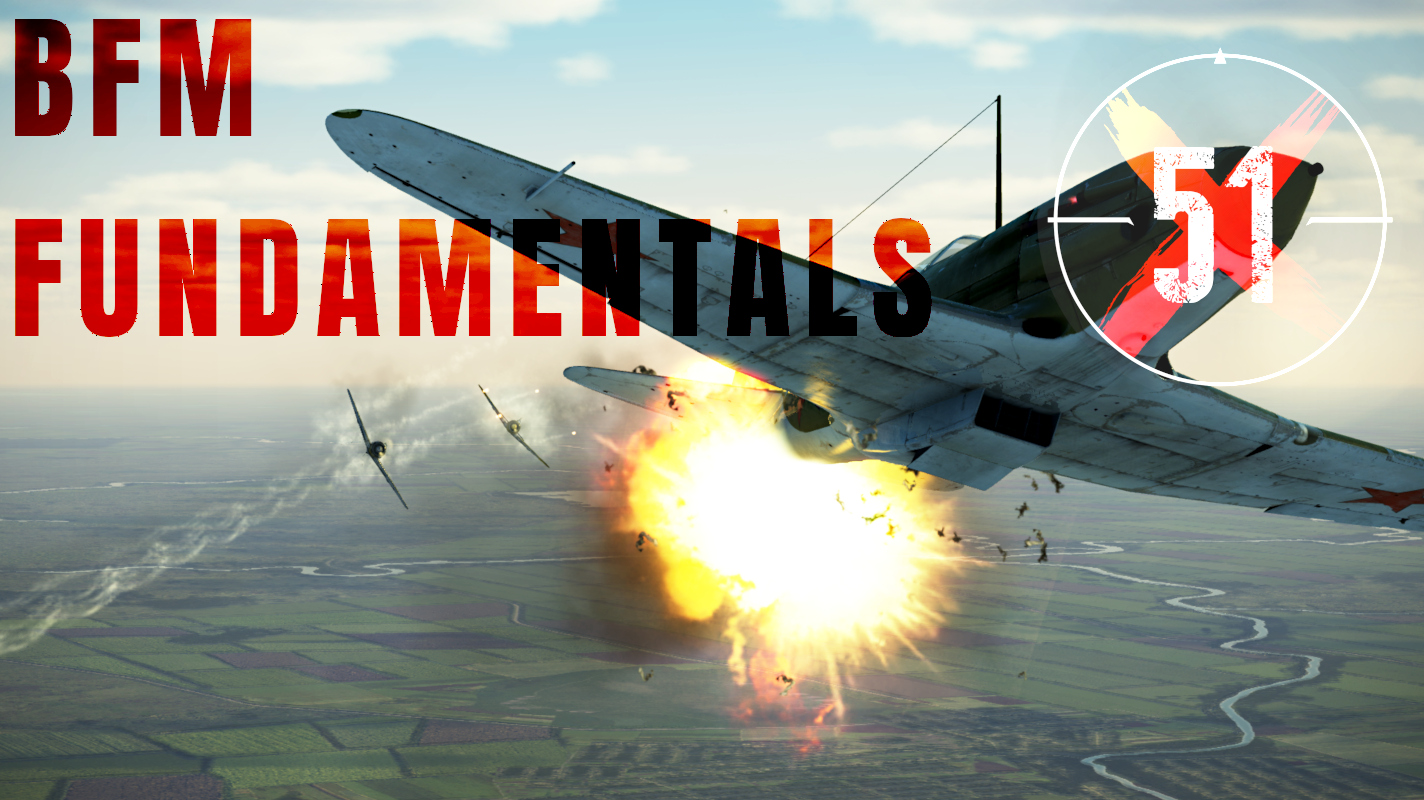Introduction
Basic fighter maneuvers are all about gaining a positional advantage on your opponent during combat. Whether you're flying an FW-190 or an F-18, the same basic physical principles apply, even if the exploitation of them differs. It's all well and good knowing how to perform a rolling scissors, or a high yo-yo, but combat is dynamic, and infinitely variable. The balance is constantly changing in a high speed and fluid battle for the advantage. This guide aims to break down BFM into four core, fundamental components from which the standard maneuvers arise. Understanding these four concepts allows us to disseminate why particular maneuvers are effective, what they are trying to achieve, and allow a pilot to react more instinctively in the ever changing environment of aerial combat.
The Four Components
There is more than one way to de-compile BFM, and although no one component is completely independent of another, it can be usefully represented by four fundamentals: Energy Management, Circle Flow, Pursuit Curves and Lift Vector Control. These principles concern the following:
Energy
- The management of an aircraft's kinetic and potential energy, it's conservation and recuperation.
Circle Flow
- The turn rate of the aircraft, it's turn radius, and exploitation of either in one and two circle flow fights to gain an advantage.
Pursuit Curves
- Choosing or forcing a lag, pure or lead pursuit.
Lift Vector
- Understanding and managing the lift vector of one's aircraft in three dimensional and out of plane maneuvering, and how this relates to the topics above.
When a combat maneuver is performed, it is almost always aiming to exploit or control one or more of these components to gain an advantage over the enemy. Each one is covered in detail in the sections linked below. We then bring them together and use them as building blocks to construct several standard combat maneuvers.
Being able to derive complex ideas from more basic principles is often key in fully understanding a subject. It also allows someone to quickly understand an entirely new situation they have not seen before, since they understand the underlying concepts at its core. This is the objective of this guide.
Below you will find links to the chapters. Before reading, bear in mind that this is not a complete guide to BFM, and it is not meant to be. It covers the foundations that should help readers develop and understand more advanced techniques. It also is mostly written with respect to guns or rear aspect missile combat only. Modern weaponry changes things significantly, and in ways not discussed in depth in this guide. That said, BFM is still the foundation of air combat, whether you fly WWII or 21st Century fighters.
Part 0: Principles of flight - (optional)
Part V: In Combat (coming soon)



